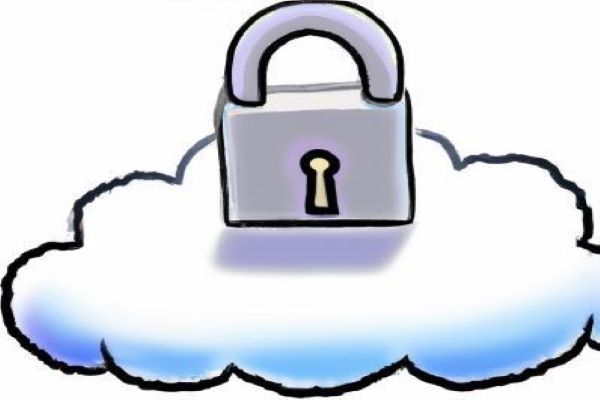The average cost of a data breach is $4.35 million, according to a recent IBM Security study. As this cost continues to climb every year, organizations necessarily need to implement safeguards. In Azure, security is a shared responsibility model – Azure secures the infrastructure and the organization must secure the data and identities.
In future posts, we’ll talk about specific strategies for securing data and identities, and we’ll go into more detail on the cloud security framework. In this post, though, we want to be sure you are aware of the key security threats that your organization is facing and provide you with some ways to defend those threats.
Insider Threats
Insider threats can come from malicious employees or contractors who have access to your organization’s systems and data; these individuals may attempt to gain access to sensitive data or disrupt your operations. Insider threats also include accidental data breaches where an employee may accidentally expose sensitive data due to a lack of awareness, training or governance. Compromised accounts are another source of insider threats; an authorized system user’s account may be compromised by a cyber attacker who could use the account to gain access to sensitive business or customer data.
To defend against insider threats, it is important to carefully screen and monitor employees and contractors who have access to sensitive systems and data. It is also a good idea to monitor your environment for unusual activity and have a plan in place for responding to potential security incidents. You should also have strict policies in place to govern how employees and contractors can access and use the company’s systems and data. Strong measures should be implemented, as well, such as multi-factor authentication (MFA), access controls and security training for all system users.
External Threats
External threats can come from hackers and cybercriminals who are attempting to gain access to your systems or data, disrupt your operations, or steal sensitive information. This can be done through different methods such as SQL injection attacks where the cybercriminals attempt to gain access to your databases by injecting malicious code into your SQL queries.
To defend against external threats, you should implement strong security measures such as firewalls, intrusion detection and prevention systems, and antivirus software. You should also have a policy and process in place to ensure regular updates of your systems and application in order to address known vulnerabilities.
Malware
Malware is a type of software that is designed to harm or exploit vulnerabilities in your system and damage or disrupt your operations. Malware can be installed through email attachments, malicious websites and other means.
To defend against malware, you should use antivirus software and keep it up-to-date. You should also be cautious when opening email attachments or downloading files, as these are common vectors for malware. Systems and applications should be updated to protect against known vulnerabilities, and employees should be educated on safe online practices. If you suspect that your systems have been infected with malware, it’s critical to take immediate action to isolate the affected system to prevent the malware from spreading.
Denial of Service (DoS) Attacks
A DoS attack is designed to make your systems or website unavailable to legitimate users. This can be done by overwhelming your systems with traffic or by targeting specific vulnerabilities. DoS attacks can have serious consequences as they can disrupt operations and make it difficult for employees to access data or use the systems. And, DoS attacks can serve as a distraction, drawing attention away from other cyberattacks that may be occurring simultaneously.
To defend against DoS attacks, it’s important to implement strong security measures such as firewalls and load balancers. You should use a cloud-based web application firewall (WAF) or a content delivery network (CDN) to absorb traffic and protect your servers from being overwhelmed. Furthermore, you should monitor your system for unusual levels of activity and have a plan in place for responding with countermeasures to identify the source of the attack and protect your systems.
Phishing Attacks
Phishing attacks are designed to trick users into revealing sensitive information or into installing malware. They may take the form of fake emails, websites or other communications that appear to be from legitimate sources. Falling victim to a phishing attack could result in unauthorized access to systems, data theft or disruption of systems and business operations.
It is essential to educate your employees on the signs of a phishing attack so they can identify and avoid phishing attempts. To protect your operations, you should also implement strong security measures such as MFA to make it harder for attackers to gain access to your systems.
Understanding and recognizing the threats that exist is only the first step in safeguarding your systems and data. If you would like to learn how to assess and improve your Azure security posture, check out this webinar from Microsoft and VIAcode.







